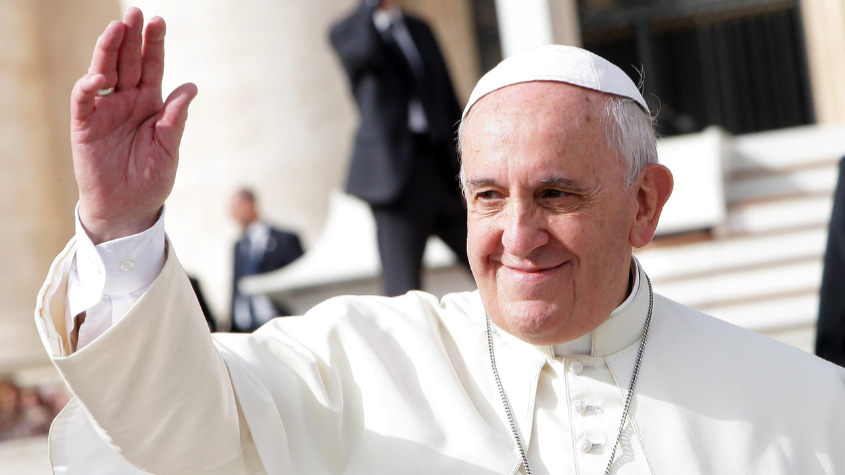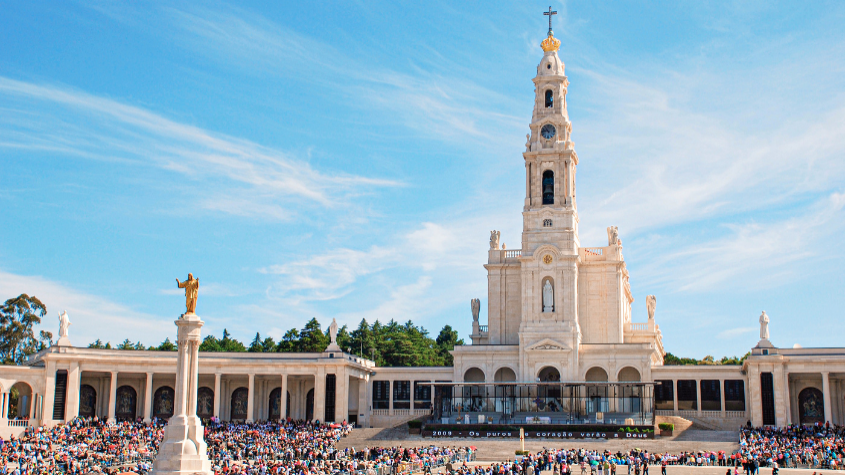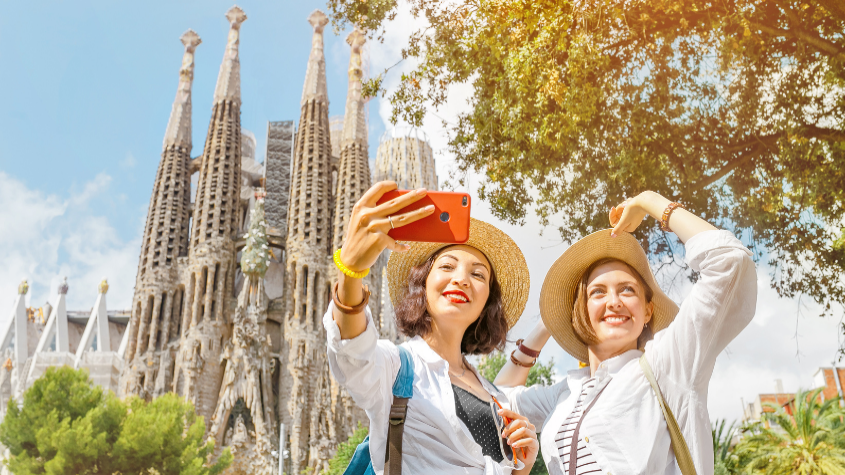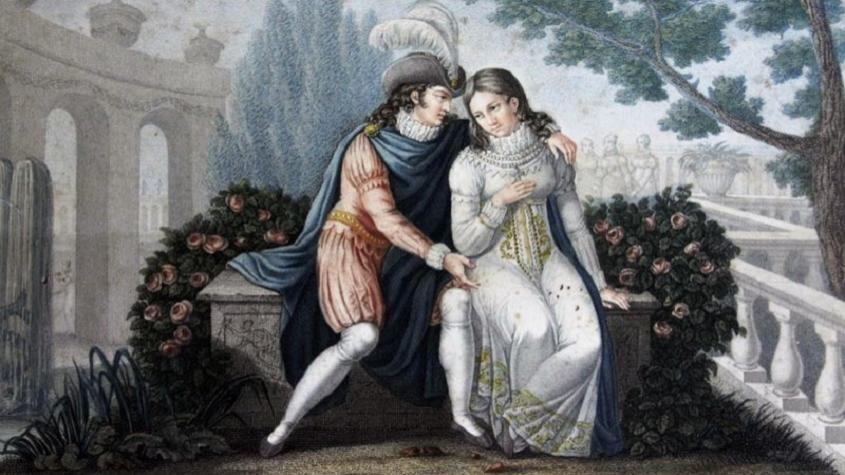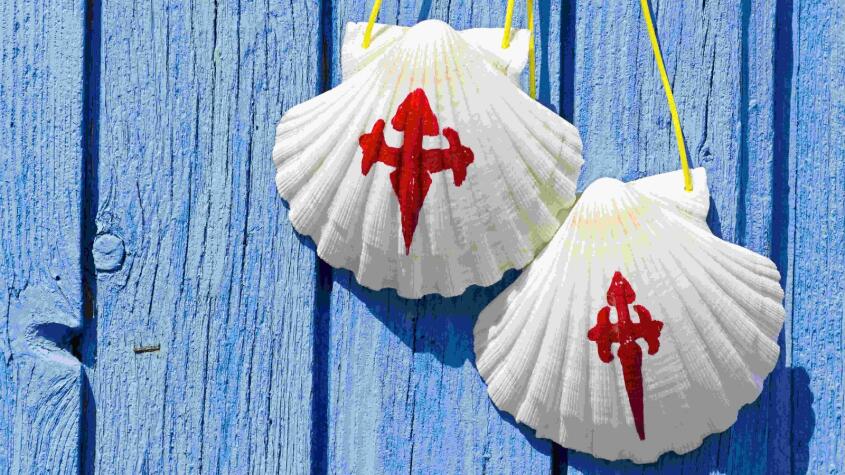
Most Visited Religious Places in Northern Spain!
How well do you know the North of Spain? We will tell you which routes and religious places are the most visited in the North of Spain where you can see the most well-known churches, monasteries and shrines! This route includes a journey from Galicia to the Basque Country, and passes through:
1. Santiago de Compostela Cathedral, Santiago de Compostela, Galicia
2. Church of Santiago, Coruña, Galicia
3. Basilica-Shrine of the Sacred Heart of Jesus, Gijón, Asturias
4. Saint Toribio de Liebana Monastery, Camaleño, Cantabria
5. Sanctuary of Aránzazu, Loyola and San Telmo, Basque Country
6. Church of San Salvador Eliza, Getaria, Basque Country
7. Santa Maria La Real Parish, Zarautz, Basque Country
8. Basilica Koruko Andre Mariaren, Donostia, Basque Country
1. Santiago de Compostela Cathedral, Galicia
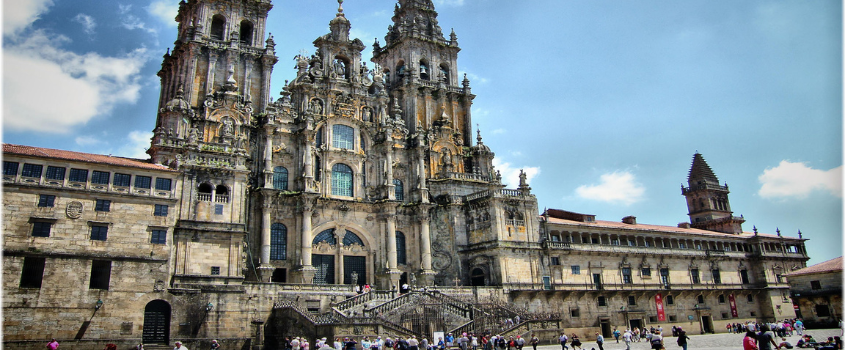
The Cathedral of Santiago de Compostela was erected on the spot where a miracle occurred! When the apostle Santiago died, his body was transported in a boat and buried in a field near the town of Iria Flavia, located in Galicia. The hermit Pelágio (or Paio), passing by this place in the 9th century, saw some suspicious lights in what would be the burial place of the apostle. He reported the event to the bishop, who declared the sighting a miracle and informed the Spanish king Alfonso II. The king then ordered a cathedral to be built on the site in homage to Santiago!
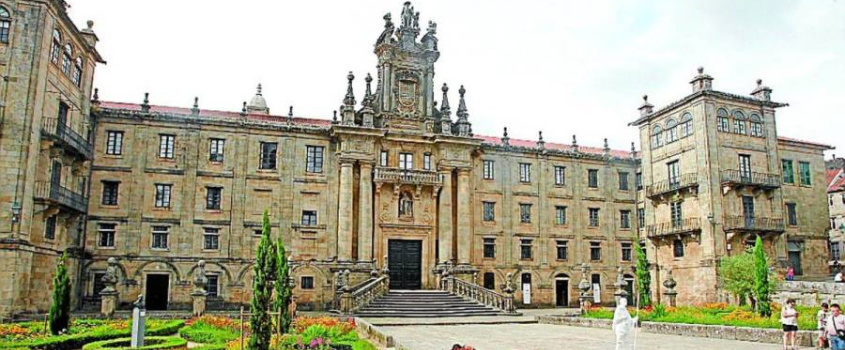
Take the opportunity to also visit the Monastery of San Martin Pinario and the Church of San Paio de Antealtares located in the Plaza de Quintana at the rear entrance to the Cathedral of Santiago de Compostela! This is undoubtedly one of the most visited religious places in Northern Spain!
2. Church of Santiago, A Coruña
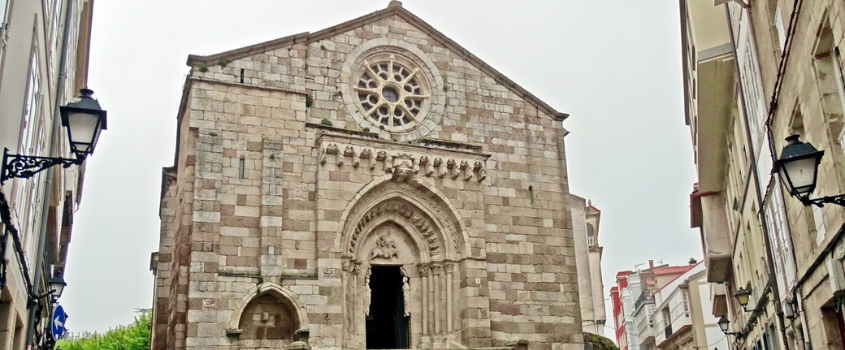
This church located in Coruña is home to the oldest lighthouse in the world, the tower of Hercules, which dates back to the Roman era. You can find this church on the Avenida da Marina, the oldest church in the city of Coruña. It was built in the 12th century, during the Romanesque period, and in its churchyard the king's council used to meet until the 15th century. The church was remodelled because it had 2 towers, a bell tower and another to store the scriptures and gunpowder, but both threatened to collapse, so both were demolished at the beginning of the 16th century. Not to be missed in one of the oldest and most visited religious places in Northern Spain!
3. Basilica-Sanctuary of the Sacred Heart of Jesus, Gijón, Asturias
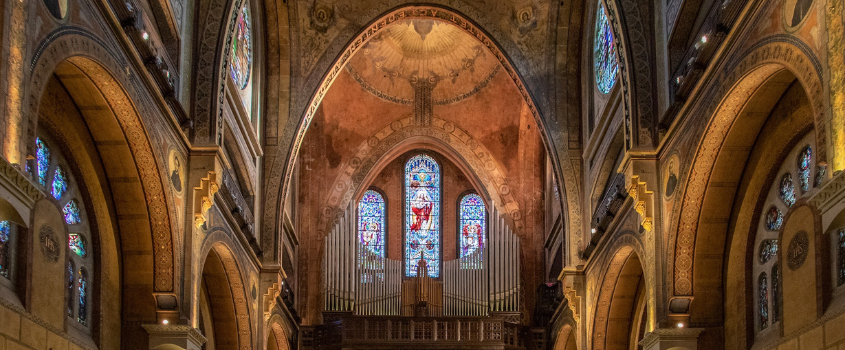
Known as the "Sistine Chapel of Asturias" and "Iglesiona" because of its proportions and because of the Asturian tendency in increases or additions that have a special sentimental and historical value. The monument has some different influences such as Gothic and Gaudian. Proclaimed a basilica in 2003, by the Holy See, it is unique because the figure of the Sacred Heart, a work by Serafín Basterra, located in the bell tower, which can be seen from different points of the city, adds an artistic added value to the skyline of Gijón, in Asturias.
4. Monastery of Santo Toríbio de Liébana, Camaleño, Cantabria
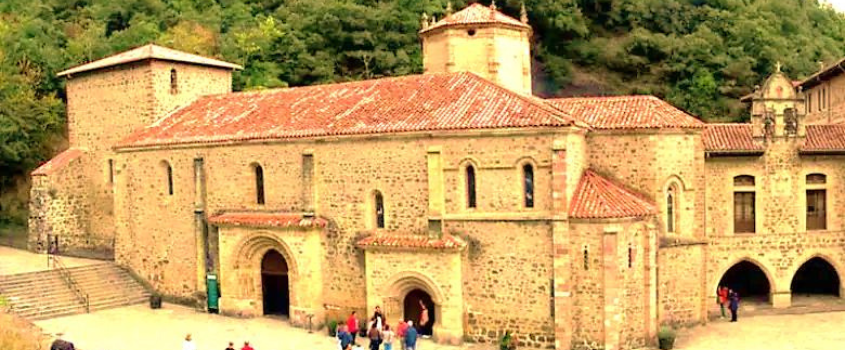
This monastery, located in Cantabria, is one of five Christian places that issues perpetual indulgences, along with Rome, Jerusalem, Santiago de Compostela and Caravaca de la Cruz in Murcia. It was founded in the 6th century (BC) dedicated to Saint Martin of Tours and in the 12th century the name was changed to the current one. This monastery was erected for the worship of the largest piece of the Lignum Crucis (Wooden Cross). This piece of Christianity refers to the wood used in the cross (left arm) by the Romans to crucify Jesus of Nazareth. Brought from the Holy Sepulchre in Jerusalem by Saint Toribio, it is kept in a gilded silver tabernacle. Not to be missed!
5. Sanctuary of Aránzazu, Loyola and San Telmo, Basque Country
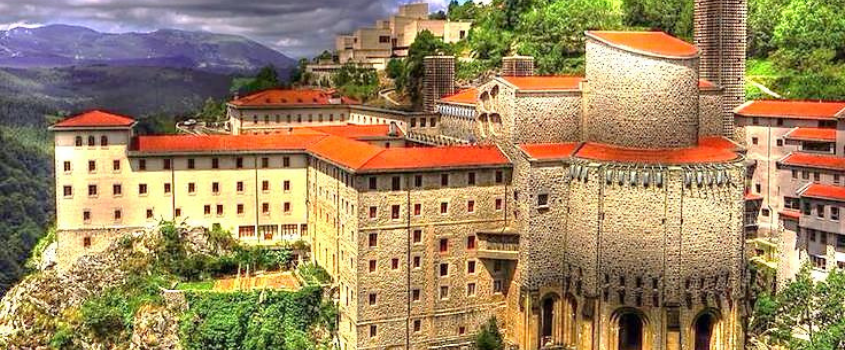
The sanctuary of Our Lady of Aránzazu, located at an altitude of 750 metres, is built on an escarpment. Arantzazu or Aránzazu comes from the Basque word "place of thorns" in reference to the existence of many thorny bushes in this place. It is a Marian shrine and it is said that the Virgin appeared on this spot in 1469. The altar dedicated to the Virgin has a statue of the Virgin holding in her right hand a ball symbolising the world and in her left hand a child sitting on her leg. The child in turn also carries in his left hand a piece of fruit.
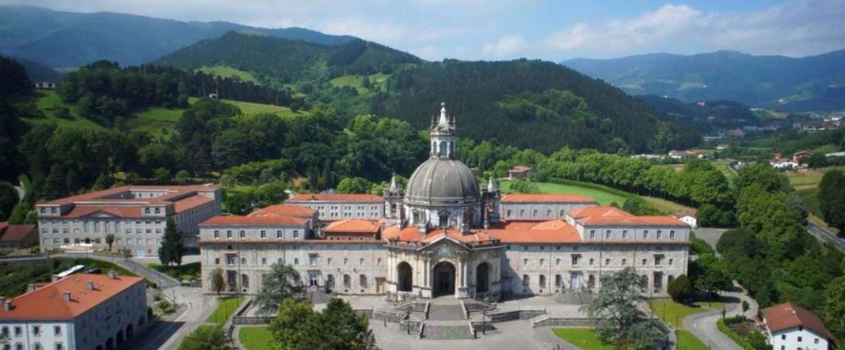
The sanctuary of Loyola was built in the birthplace of St Ignatius of Loyola, founder of the Jesuit fathers and the Society of Jesus. The youngest of 13 brothers and sisters, he became the page of a relative who was Minister of the Royal Treasury, Juan Velázquez de Cuellar.
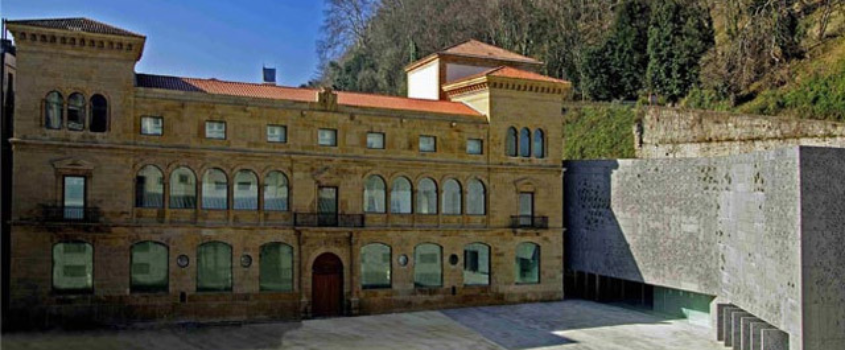
The Convent of San Telmo, classified as a National Monument, is located in the oldest part of the city of Sebastian opposite Plaza de Zuloaga. The construction of this temple and its cloister were designed according to Renaissance models of the time, its immediate precedent being the Convent of San Esteban in Salamanca. Take the opportunity to see the San Telmo Museum which has opened right next to the Convent!
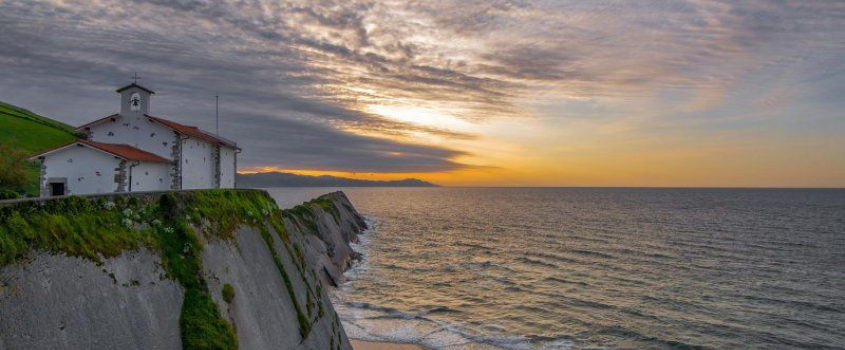
If you have time, take the opportunity and go see the church or hermitage of San Telmo located in Zumaia on the hill with the same name San Telmo, where you can observe excellent views of the beach. Access to the beach is via a path leading from the hermitage ending in steps leading down to the small sheltered beach between cliffs.
These sanctuaries are located in the Basque Country, and can all be visited on this tour.
6. Church of San Salvador Eliza, Getaria, Basque Country
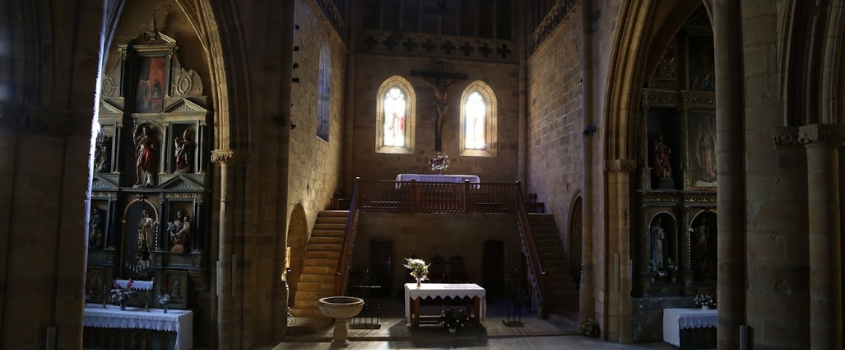
This church was known for the fact that the first General Meetings of Gipúzkoa were held here during the year 1397. Around 1560, this gothic church received the choir stalls carved by Andrés de Araoz in his workshop in Aya. It consisted of "twenty-three chairs on which was the Apostleship with the Saviour in the middle, some saints in good relief and adorned with animals, angels and mermaids corresponding in their design to the fullness of plateresque art; that choir which cost 1,402 ducats and 299 maravedises was, after the Carlists razed the city on 1 January 1836, used by the British soldiers of Lacy Evans' Legion to cook the ranch!" This church has held the title of National Monument since 1895 and ceremonies are held on a high altar, one of the few still existing in the World!
7. De Santa Maria La Real Parish, Zarautz, Basque Country
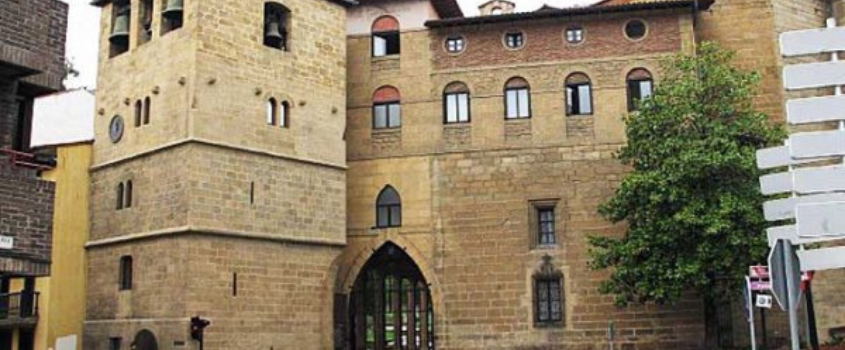
Built at the end of the 15th century in the Gothic style, its interior altarpiece in the Baroque style is consecrated to the Virgen del Rosario and another to San Exuperio is presided over by the Gothic image of Nuestra Señora de la Real. This parish belongs to the Monmental Archaeological Complex of Santa Maria la Real together with the Torre Zarautz, the oldest building in the town! The Museum of Art and History is located in its tower-campanile and under this parish you will find the remains dating from the 10th to 15th century of the first necropolis of Zarautz.
8. Basilica Koruko Andre Mariaren, Donostia, Basque Country
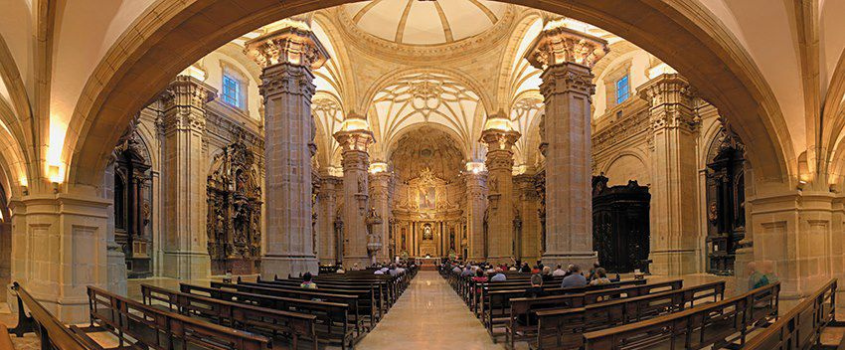
Located in the "old part" of the city of San Sebastian, this basilica is a Roman Catholic Baroque parish church and minor basilica and was completed in 1774. The main entrance is located between its 2 side towers and looks like a worked piece for an altar with the tortured figure of San Sebastian and the papal symbol that gives it the status of a minor basilica. Finishing this route from west to east, or the opposite, is this church which is included in the most visited religious places in Northern Spain, Basque Country!
Now that you know the churches and main religious places to visit on this route, enjoy this trip through northern Spain! Take the opportunity to visit our Living Magazine-Blog and our Living Tours website and take a peek at the tours selected for those who want to experience these holy places!
Discover top things to do in Lisbon on World Youth day 2023.
Did you like it?
Average votes: 4.36 of 5
Go Back to the Blog








